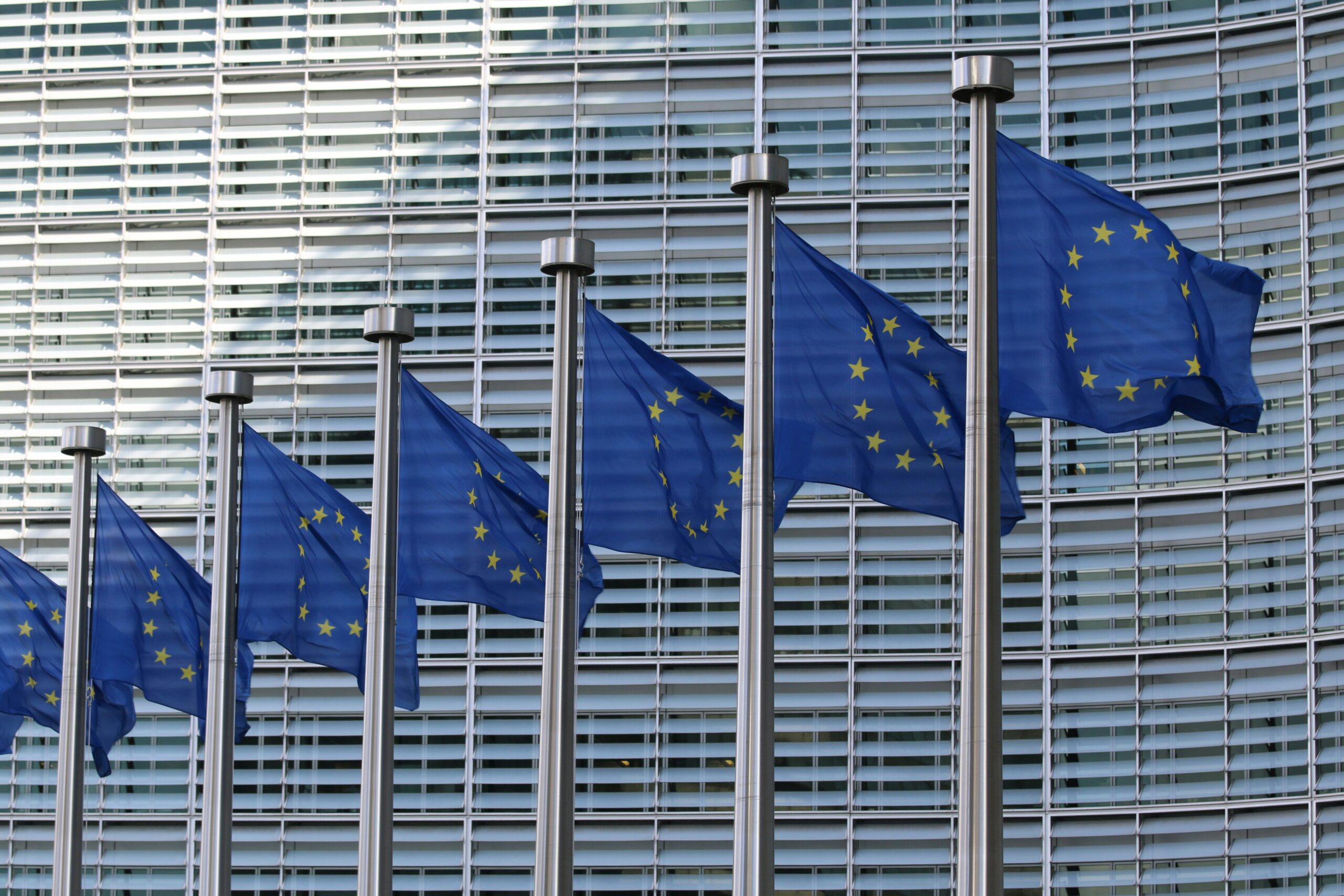On May 13, through the adoption of a new regulation, the European Council approved updated CO₂ standards for heavy-duty vehicles, establishing emission reduction goals of 45% by 2030, 65% by 2035, and 90% by 2040. This regulation now covers nearly all new heavy-duty vehicles with certified CO₂ emissions, including smaller trucks and trailers, which will also be subject to these emission reduction targets.
This marks the final step before the amended regulation is published in the Official Journal of the EU, with the law coming into effect 20 days after publication. The regulation includes a review clause for 2027 to assess the effectiveness and impact of the amended regulation. The regulation has sparked significant debate. Many industry stakeholders have criticized it for being overly simplistic and overly optimistic about the number of electric vehicles that will enter the market.
The International Road Transport Union (IRU), for instance, considers these targets too ambitious given current economic and infrastructure limitations. They emphasize the urgent need to develop charging and refueling infrastructure for zero-emission vehicles and to support the use of carbon-neutral fuels to ensure a viable transition. ACEA, the European Automobile Manufacturers’ Association, considers that it is insufficient to only regulate the supply side without addressing demand roadblocks. More favorable positions are expressed by ECTA (European Clean Trucking Alliance) and T&E (Transport & Environment).
Gruber Logistics is quite skeptical about the real possibilities of achieving these objectives, considering for example that in Italy, in 2023, only 30 electric trucks were registered. However, Gruber Logistics shares the positions on the need to invest in electric traction and is committed daily to the decarbonisation of heavy transport through investment in electric vehicles.




